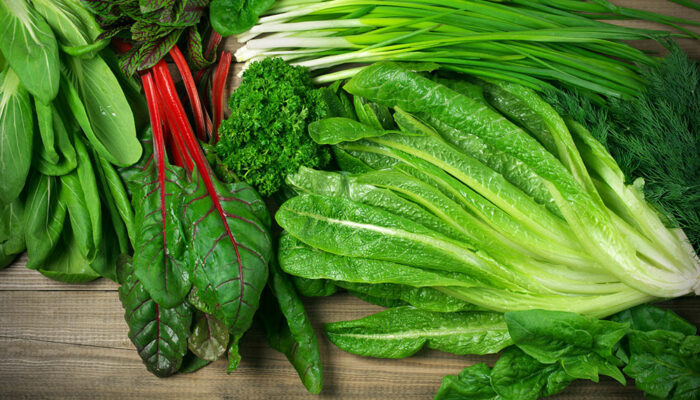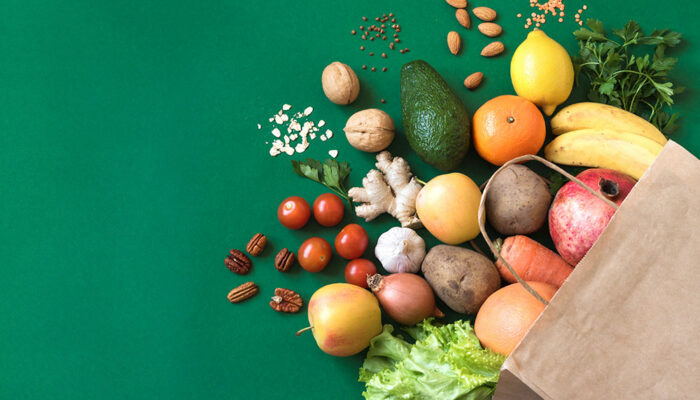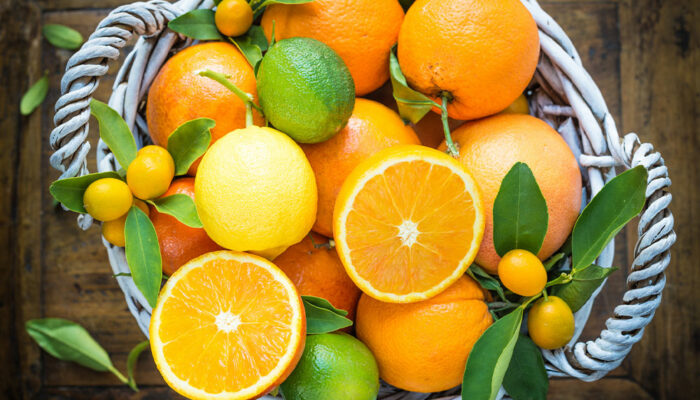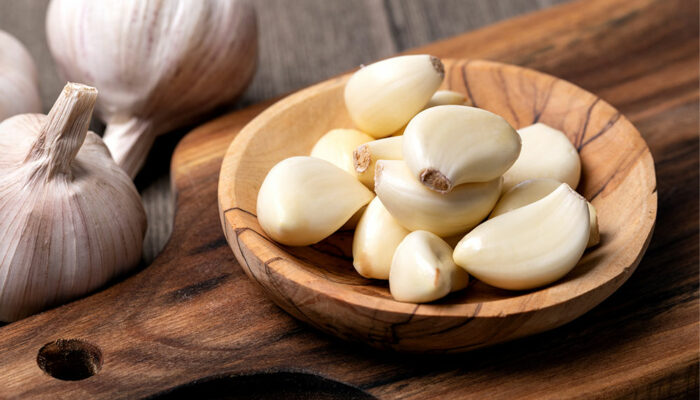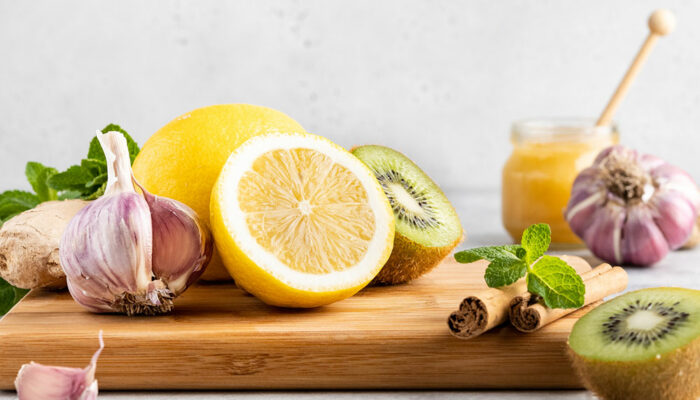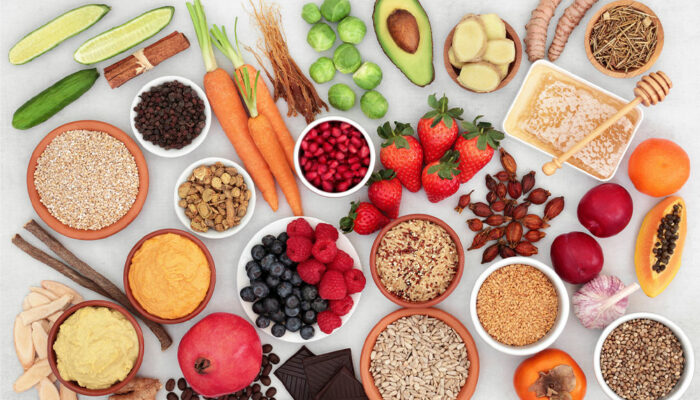
Foods that can aggravate asthma
There are no specific guidelines related to food that can help cure asthma. However, there are changes that can be made to eating patterns and preferences that can help better manage the condition. Healthy food choices can help lower the frequency of asthma flare-ups. Well-balanced meals are, of course, a helping hand in this journey. But at the same time, it is equally important to be aware of foods that need to be avoided. Let’s have a look at some foods that trigger asthma and its symptoms. Soy The American Academy of Allergy, Asthma, and Immunology has listed soy along with other common foods that cause intolerance or result in allergic reactions. If one has a known allergy to soy, it can also lead to a flare-up in asthma symptoms. It is, therefore, best to avoid soy. Dried fruits Dried fruits are packed with nutrients that help nourish the body. But, at the same time, they are also concentrated sources of sulfites. It is useful in the preservation of dried fruit but can prove to be an aggravator of symptoms for people with asthma. Beans Beans are often associated with foods that cause gastric discomfort and result in acid reflux, gas, and/or bloating.
Read More 


